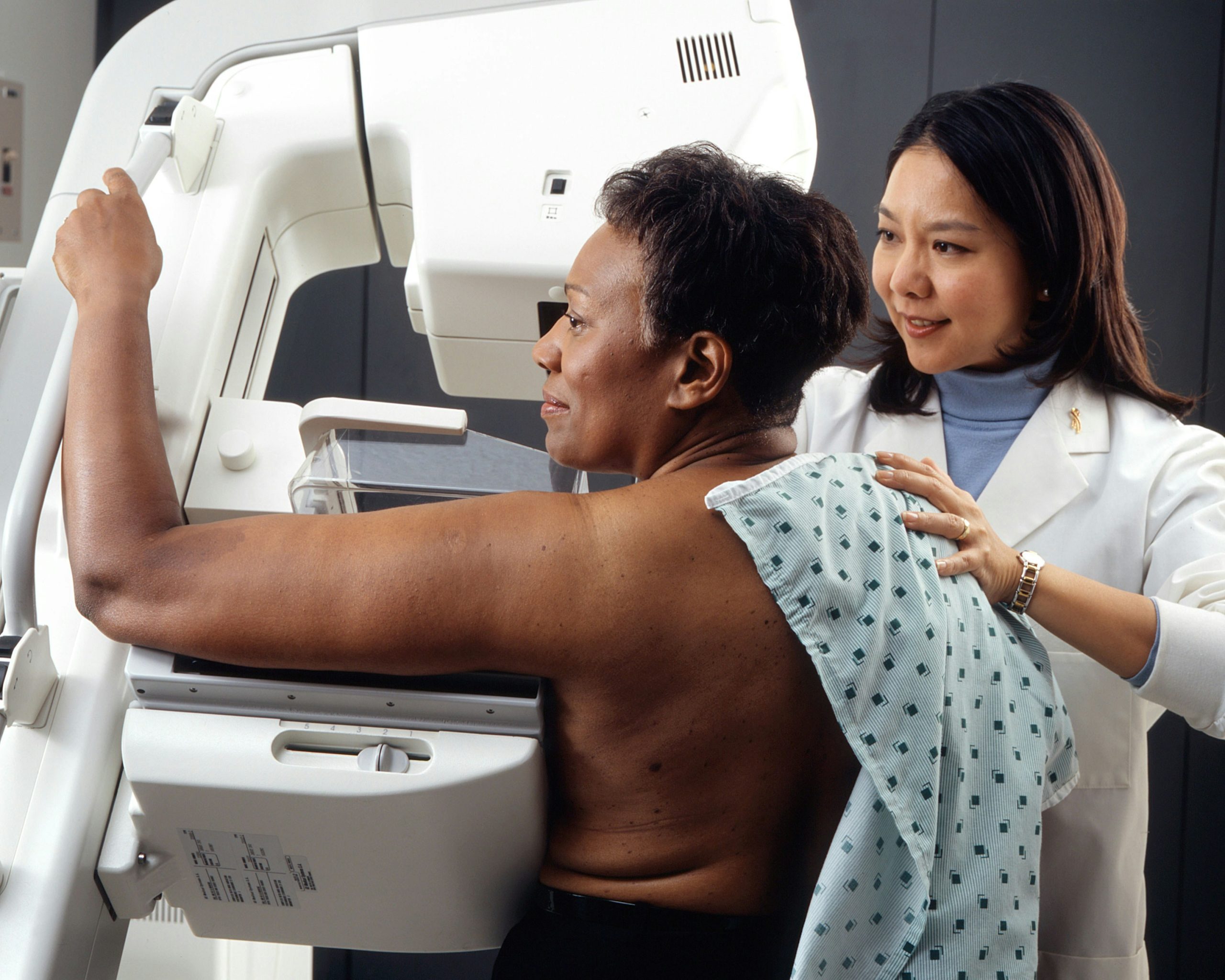How Does an Endoscope Insertion Tube Impact Procedure Quality?
Introduction to endoscope insertion tubes
Endoscope insertion tubes play a pivotal role in modern medicine, serving as the essential link between physicians and patients during diagnostic and therapeutic procedures. These slender, flexible tubes allow doctors to visualize internal organs without the need for invasive surgery. As technology advances, understanding how these tools impact procedure quality becomes increasingly important.
Imagine a world where medical interventions are less intrusive yet highly effective. That’s what endoscope insertion tubes offer—a chance to enhance patient outcomes while minimizing risks. But what exactly makes these devices so vital? Let’s delve into their importance and discover how they shape the landscape of healthcare today.
The importance of endoscope insertion tubes in medical procedures
Endoscope insertion tubes play a pivotal role in modern medical procedures. They serve as the essential pathways for visualization and intervention within the body. With these tubes, healthcare professionals can access hard-to-reach areas with precision.
The ability to conduct minimally invasive surgeries has transformed patient care. These tubes minimize trauma and reduce recovery time, allowing patients to return to their normal lives more quickly.
Moreover, endoscope insertion tubes facilitate accurate diagnosis by providing high-definition images of internal structures. This clarity aids physicians in making endoscope insertion tube informed decisions during treatments.
They also enhance procedural safety. By using specialized materials designed for flexibility and durability, these tubes help prevent complications during examinations or interventions.
The significance of endoscope insertion tubes cannot be understated; they are integral to improving surgical outcomes and enhancing overall patient experience in diverse medical settings.
Factors that affect procedure quality with endoscope insertion tubes

Several factors influence the quality of procedures involving endoscope insertion tubes. One significant aspect is the diameter of the tube. A wider tube can enhance visibility but may cause discomfort to patients.
The flexibility of the insertion tube also plays a vital role. More flexible tubes navigate bends in anatomy more effectively, leading to better access and reduced risk of complications.
Material composition cannot be overlooked either. High-quality materials are crucial for durability and hygiene, impacting both patient safety and procedural outcomes.
Additionally, proper training for medical staff using these devices directly affects performance. Skilled professionals who understand their equipment can adapt techniques based on specific scenarios, improving overall procedure quality.
Advancements in imaging technology integrated into endoscopes provide clearer visuals. Enhanced imagery allows for more accurate diagnoses and precise interventions during procedures.
Different types of endoscope insertion tubes and their uses
Endoscope insertion tubes come in various types, each designed for specific medical applications. Rigid endoscopes feature straight tubes that are ideal for procedures such as arthroscopy. They provide a stable platform but lack flexibility.
Flexible endoscopes, on the other hand, offer remarkable adaptability. Used extensively in gastrointestinal and respiratory examinations, they can navigate complex anatomies with ease. This flexibility enhances patient comfort during diagnostic or therapeutic interventions.
There are also specialized tubes like pediatric endoscopes, specifically crafted for children’s smaller anatomy. These allow clinicians to perform necessary procedures without causing undue harm or discomfort.
Single-use versus reusable options present another layer of choice. Single-use tubes reduce infection risk while reusable ones emphasize sustainability but require rigorous cleaning protocols after use. Each type plays a vital role in enhancing procedural effectiveness across diverse medical fields.
Benefits and drawbacks of using endoscope insertion tubes in procedures
Endoscope insertion tubes offer numerous advantages in medical procedures. They provide a minimally invasive approach, reducing patient recovery time significantly. The high-definition imaging capabilities enhance visualization of internal structures, allowing for precise diagnosis and treatment.
However, there are drawbacks to consider. The size and flexibility of the tube can limit access to certain areas within the body. This limitation might lead to discomfort or complications during insertion.
In addition, not all endoscope insertion tubes are created equal; some may lack durability or require frequent replacements. This could increase costs over time for healthcare facilities.
The learning curve associated with using advanced endoscopic technology means that proper training is essential. Insufficiently trained personnel can negatively impact procedure outcomes despite having state-of-the-art equipment at their disposal.
Case studies and examples showcasing the impact of endoscope insertion tubes on procedure quality

One notable case study involved a gastroenterology clinic that transitioned to advanced endoscope insertion tubes. The results were striking. Procedures became faster, reducing patient sedation time and improving recovery rates.
In another instance, a surgical team utilized high-definition flexible endoscope insertion tubes during insertion tube for endoscopy complex surgeries. This enhancement allowed for clearer imaging and more precise navigation within the anatomy, leading to fewer complications.
A third example from an ENT practice demonstrated how specialized endoscope insertion tubes improved visualization of intricate structures in the ear. Surgeons reported greater confidence in their techniques, translating into enhanced patient outcomes.
These cases highlight not just efficiency but also safety improvements linked with quality-endoscopes. Better tools lead directly to better care experiences for patients across various medical fields.
Future advancements and improvements in endoscope insertion tube technology
As technology evolves, endoscope insertion tubes are set to see significant advancements. Innovations in materials will lead to thinner and more flexible designs. This flexibility can enhance maneuverability through complex anatomical structures.
Integration of smart sensors is another exciting frontier. These sensors could provide real-time feedback on pressure, angle, and tissue interaction during procedures. Surgeons would benefit from this data-driven insight, improving precision.
Moreover, the development of AI-assisted imaging technologies may revolutionize how we visualize internal organs. Enhanced visualization capabilities promise clearer images with better depth perception.
Robotic-assisted systems are also gaining traction. Their ability to offer high dexterity can facilitate minimally invasive surgeries while reducing patient discomfort.
All these advancements aim to improve not just the procedural quality but overall patient outcomes as well. The future of endoscope insertion tube technology holds immense potential for transforming medical practices around the globe.
Conclusion: The crucial role of end
The impact of endoscope insertion tubes on medical procedures cannot be overstated. These tools serve as vital components in various diagnostic and therapeutic interventions, significantly influencing the quality of outcomes. A well-designed endoscope insertion tube can enhance visualization, improve maneuverability, and minimize patient discomfort during examinations.
As technologies advance, we can expect further enhancements that will elevate procedure quality even more. Innovations such as improved materials for flexibility and durability are on the horizon, which may lead to safer and more effective procedures.
Understanding the crucial role of endoscope insertion tubes allows healthcare professionals to make informed choices about their use. Selecting the right type based on specific applications ensures optimal performance while meeting patient needs effectively. The journey towards enhanced procedural excellence continues with ongoing research and development in this essential area of medicine.


